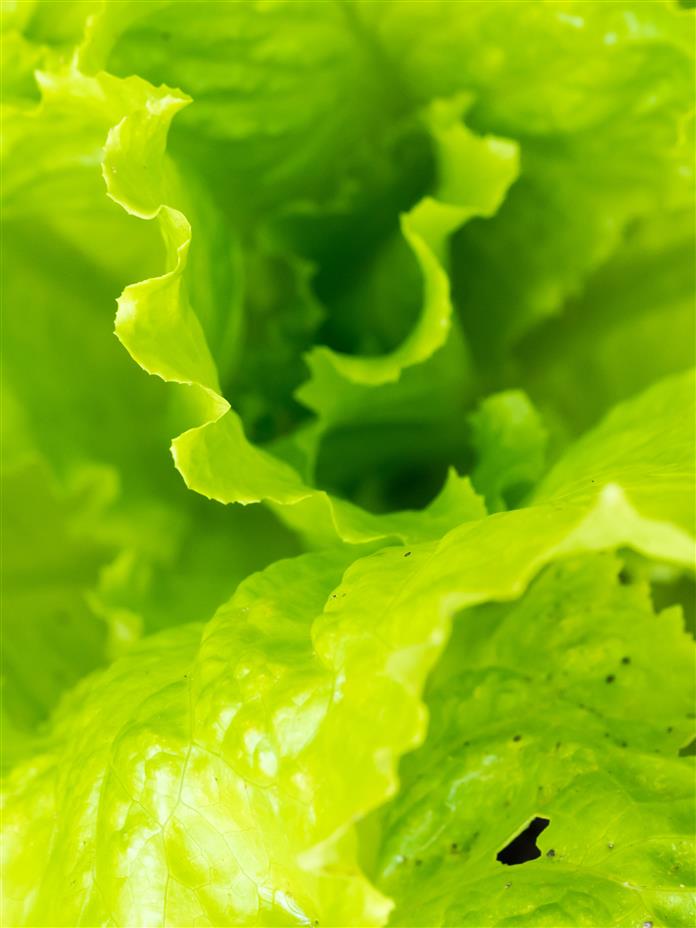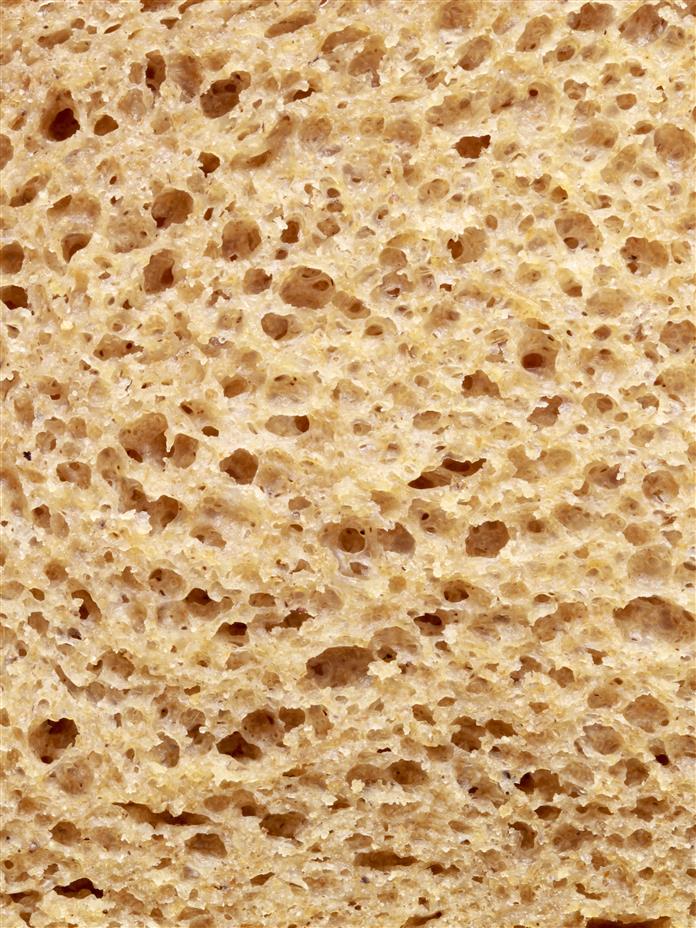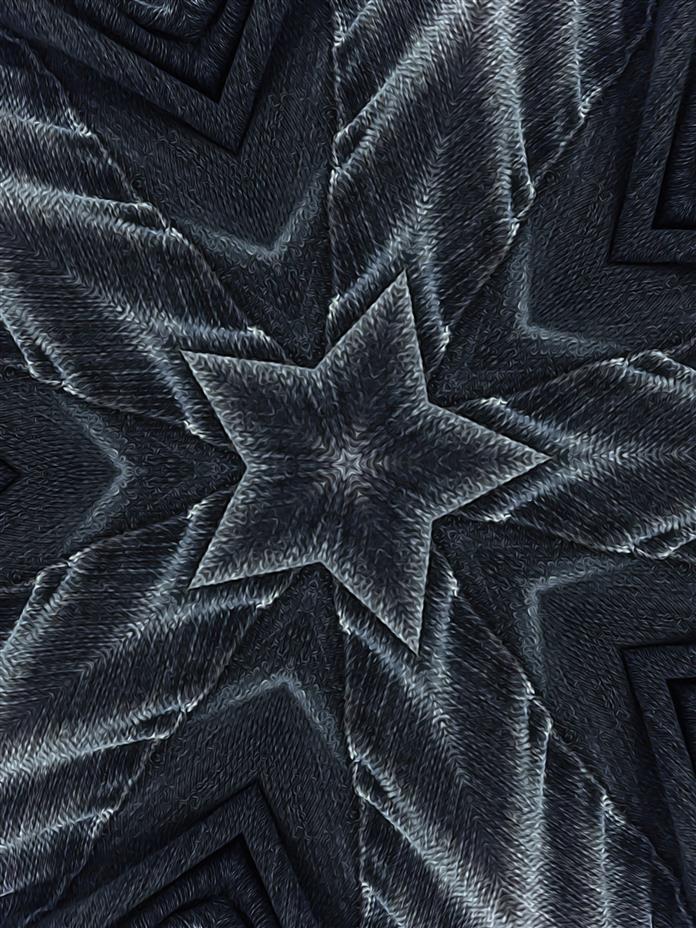
Tap to Read ➤
Perfume Ingredients
Nicks J


Perfume ingredients actually determine whether it is worth purchasing the costly perfume bottle.

The makeup for attending a special event, such as a party, is incomplete without a perfume. Using a perfume means a fresh aroma constantly accompanies everywhere you go, thus making your presence more noticeable. Today, perfumes are manufactured in a range of fragrances that have an awesome smell. No wonder these cosmetic products are selling like hot cakes.

What Does a Perfume Contain?

Do you know the perfume that you are using is made up of which ingredients? The answer will probably be 'no'. Very few people have the knowledge of perfume ingredients. It contains ingredients like water, alcohol, aroma oils and chemicals, that are mixed in appropriate proportions to make your favorite perfume. Other ingredients are listed below:

Essential Oils
A delightful aroma or fragrance of any perfume is due to the presence of natural oils in it. These essential oils are extracted from the plants and even fruits. Most perfumes available in the market contain high quality oils. These natural ingredients are a great addition and enhance the smell of the perfume. Lavender oil and tea tree oil are some of the most common essential oils derived from plants, to make a perfume. Some perfumes are a blend of rosemary oil, peppermint oil and spearmint oil that are equally capable of producing a heavenly aroma.

Plant Sources
Roots, twigs, seeds, wood and flowers are some of the plant sources, from which fragrant oils are derived. It is discussed below:

The seeds that produce the plant are also sometimes used to give a distinct aroma to the perfume. The fragrance oil extracted from seeds like tonka beans can work wonders to improve the aroma. These seeds play a critical role in making important fragrance notes of the perfume.

Coriander seeds are also of immense help to the perfume industry. This is because sweet woody scent can be easily developed by adding essential oil obtained from coriander seeds.

On the other hand, the haunting, heavenly aroma of perfume is indicative of cardamom seeds as a major contributor to the fragrance. Other plant seeds used for making essential oils are nutmeg, carrot seed, cocoa and maca.

The wood of certain trees are also helpful in scenting the perfumes. One simply cannot forget to mention about yellow sandalwood when it comes to adding fragrance to the perfume. Important aroma notes in perfume are prepared using the sandalwood oil. The cedarwood found in the forests of Middle Atlas provides a classic fragrance and its oil is used for making the base note of the perfume. The woody scent of cedarwood in combination with other perfume notes provides an irresistible, powerful aroma. Other wood oils commonly used in creating long-lasting perfume scents are pine, rosewood, agarwood and juniper.

In many perfumes, the bark of specific trees is used to add richness to the fragrance. The barks of Cinnamon and Cascarilla tree contain fragrant oil that are blended in important perfume notes to create an alluring scent. The rind of fruits such as lemons and oranges are used in perfumery to create refreshing citrus scents.

Chemicals
With chemicals being added in every cosmetic products, how can perfumes be left. The perfume industry also uses synthetic chemicals to imitate the aroma of natural ingredients. Some of the popular perfumes advertised on television contain harmful chemicals that can bring side effects, when in direct contact with the skin.

Also, the fragrance that is a combination of hazardous chemicals, is sometimes unbearable and can make your colleagues and friends uncomfortable. The best option is to buy a natural perfume, as it is free from dangerous synthetic chemicals. Following are the chemicals found in some perfumes and are considered to be harmful

- Benzyl Alcohol
- Ethyl acetate
- Benzaldehyde
- Formaldehyde
- Camphor

Animal Sources
Certain perfume ingredient come from animal sources. Well today, animals extracts also contribute in supplying a unique fragrance to a perfume. That sounds strange, isn't it, but is absolutely true. Following are the animal sources that help to make a good scent.
- Honeycomb
- Ambergris
- Castoreum
- Musk
- Civet

However, with the awareness generated by PETA over the cruelty endured over animals in making these perfumes, manufacturers are nowadays using synthetic fragrances that mimic the aroma of animal-based scents. The musk and the civet fragrance that were earlier of animal origin are now made by using synthetic chemicals.

How to Make Perfume at Home

Making a perfume at home is extremely simple. It is just a combination of 3-4 ingredients that can provide a fragrance that is at par with today's popular brands. Most importantly, the following ingredients used in homemade perfumes are safe and are free from side effects:
- Distilled Water
- Ethyl Alcohol
- Essential lavender oil
- Essential bergamot oil

Preparation
In an airtight glass bottle, add 2 cups of distilled water. Mix 4 tablespoons of ethyl alcohol into the water. Now add 10 drops each of lavender and bergamot oil into the solution. Shake the bottle well so that all ingredients mix properly. Once, it is done, place it in a cool dry place for 2 days. The perfume thus formed can be sprayed on clothes, but ensure that you shake the bottle well before use.

A point to note here is that a perfume made from natural ingredients is much more costly than its counterpart containing synthetic composition. This is because extracting aromatic oils from natural sources is time-consuming and hence purchasing plant-based perfume can be an expensive affair.

On the whole, with new type of perfumes and fragrances coming into the market everyday, perfume selection can become an uphill task. In such circumstances, checking the perfume ingredients list, pasted on various scent bottles is necessary.

Buying a perfume that contains maximum number of natural ingredients and ensuring absence of harmful chemicals, is the key to choose a safe product.